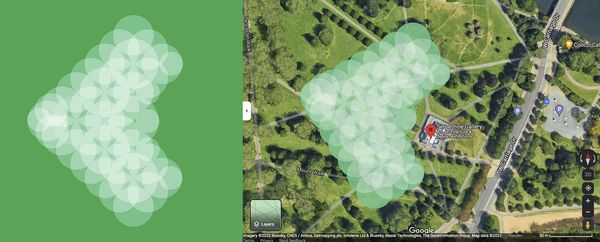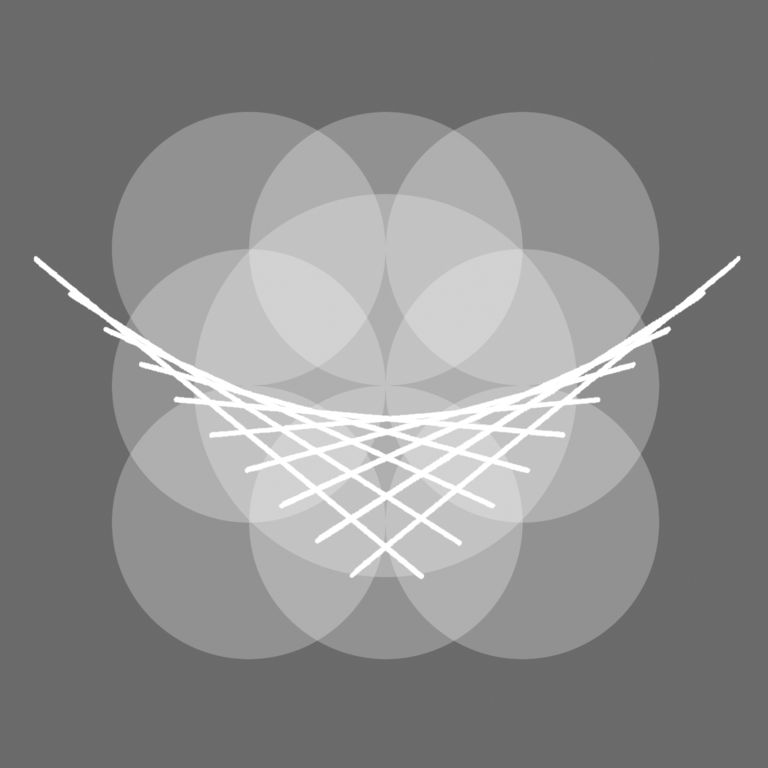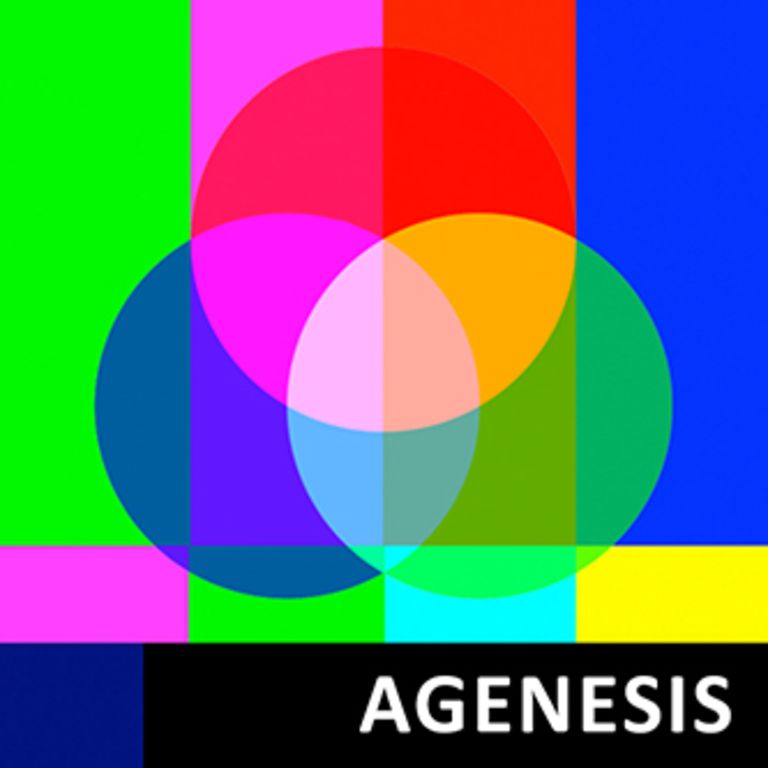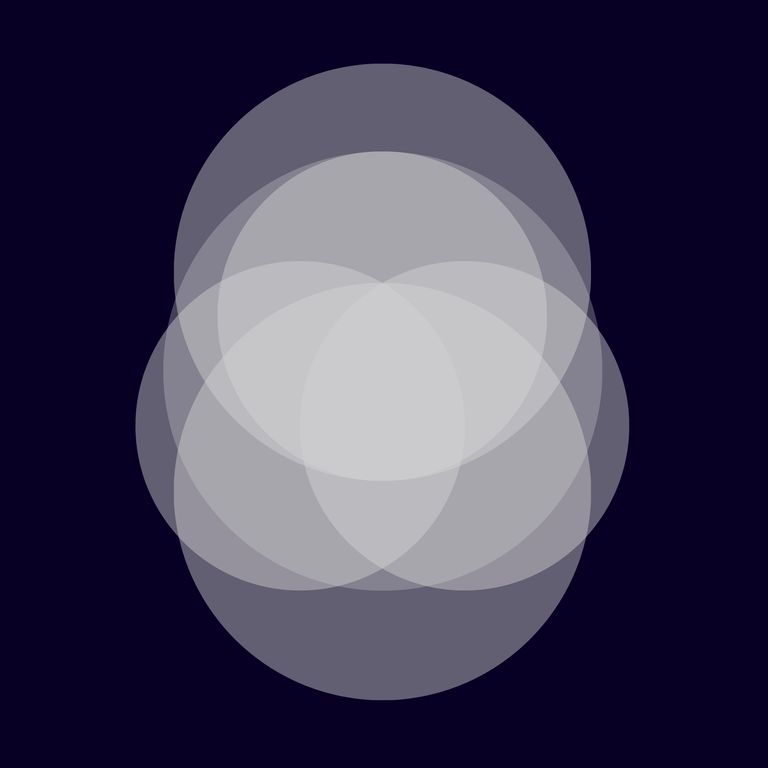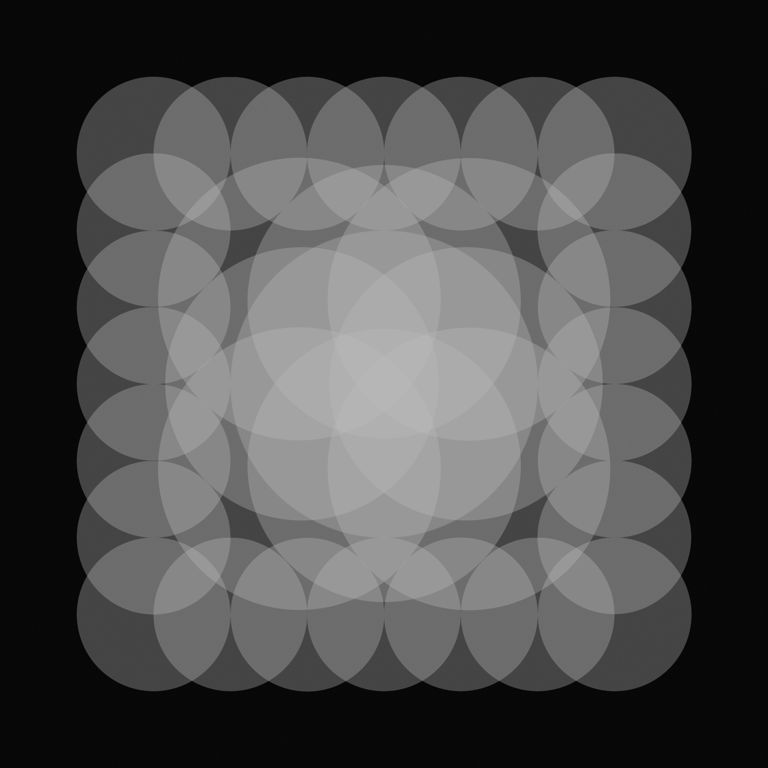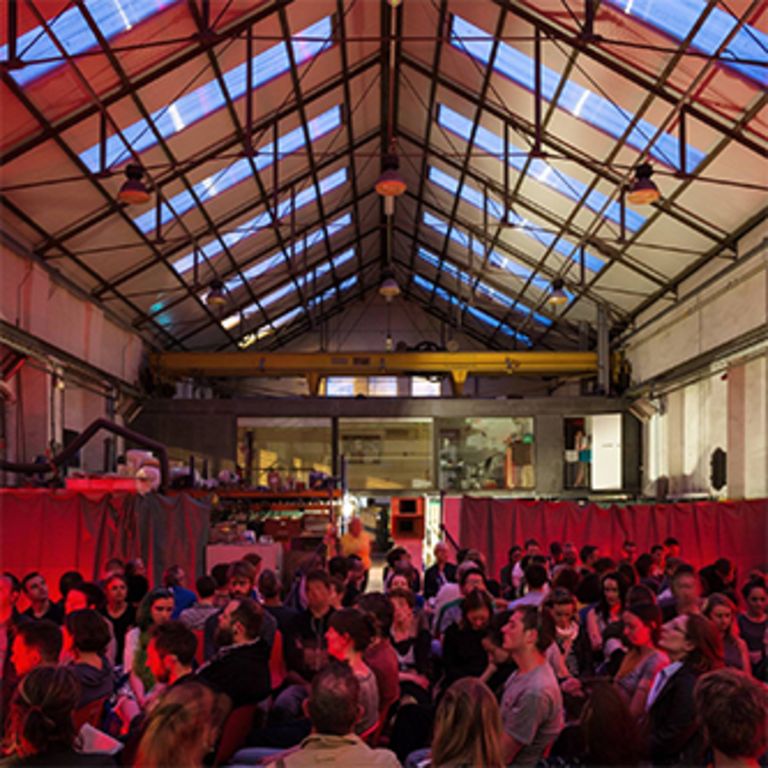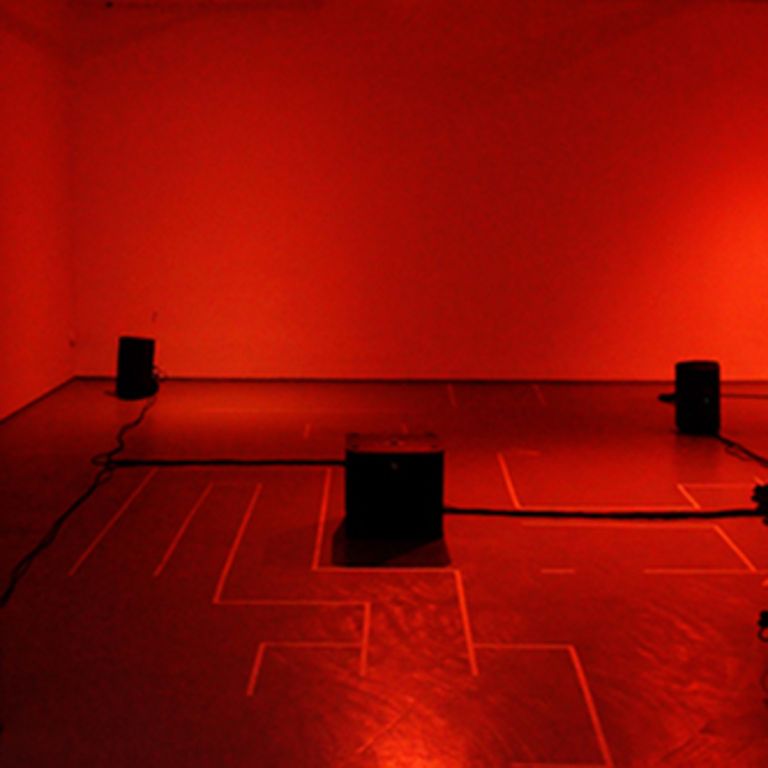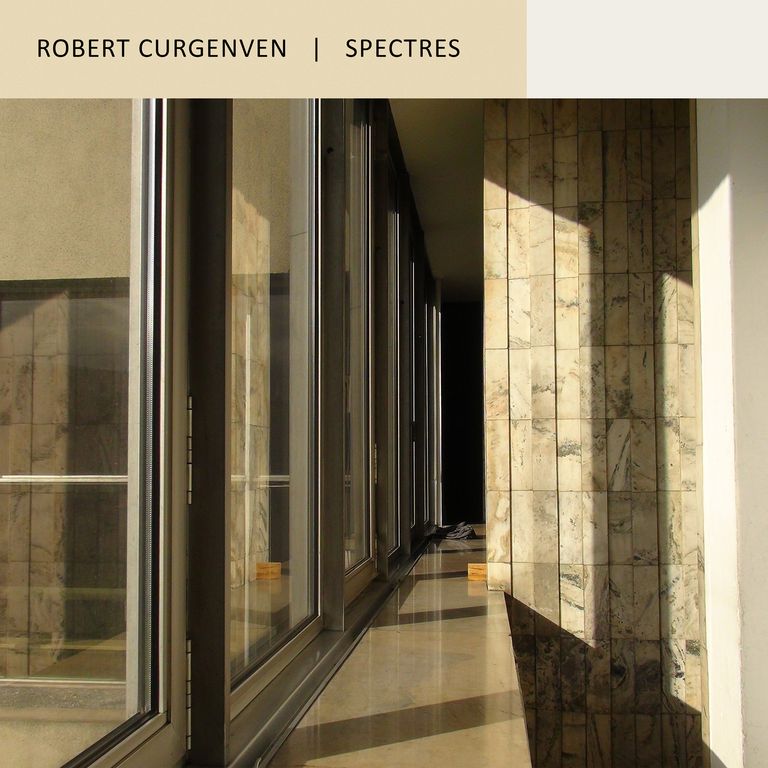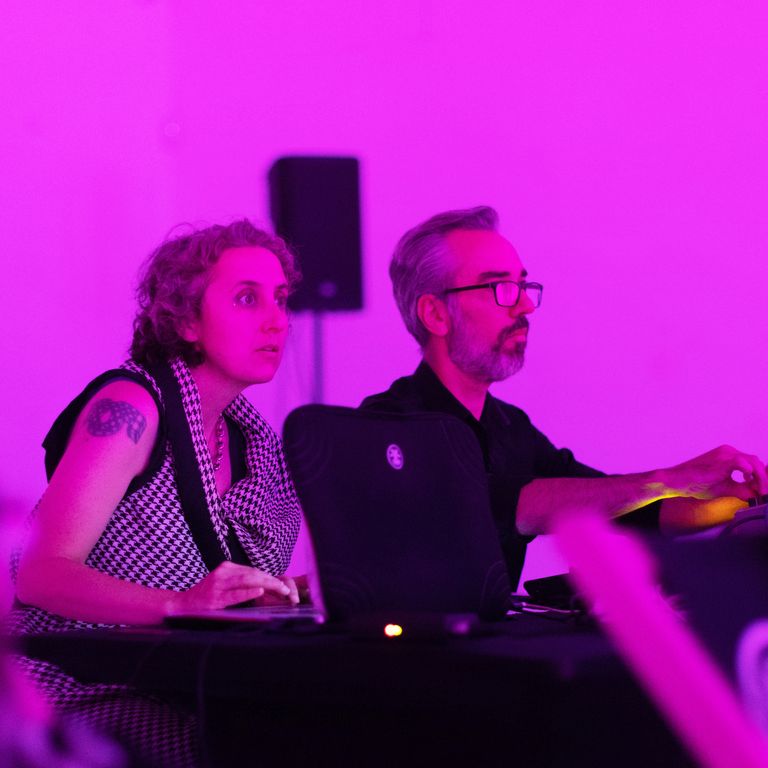
London Open Form Pavilion of Air
Image: design for audiowork accessible via Echoes app
Duration variable.
Specific installation area: 160m x 160m
Location: Kensington Gardens, London (western side of Serpentine Gallery, opp. side of SG to the Serpentine Pavilion proper)
Launch: 7 September 2023 as part of Open House London Festival
Part of the pan-European Open Form Pavilion of Air series
A concert performance comprising electronic elements from this series combined with live pipe organ has been commissioned for New Music Dublin Festival in April 2023
The Pavilion is easy to access, just:
1. Download the Echoes app
2. Grab a mobile phone & headphones
3. Download the audiowork in the app (not a browser) using the link or QR code, save it to your phone so then its ready to open when at the location in Kensington Gardens.
